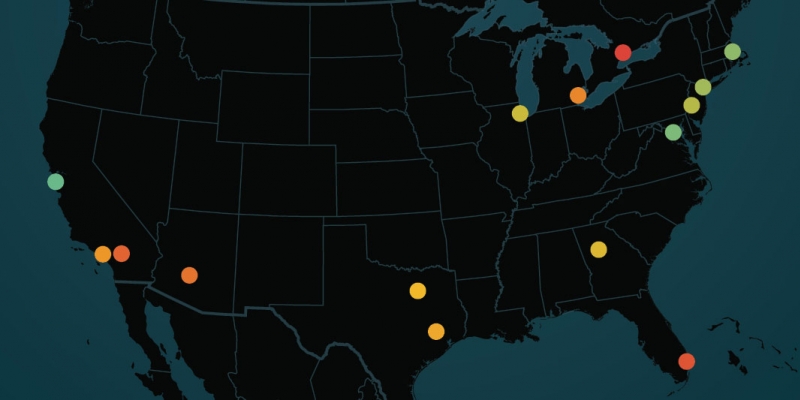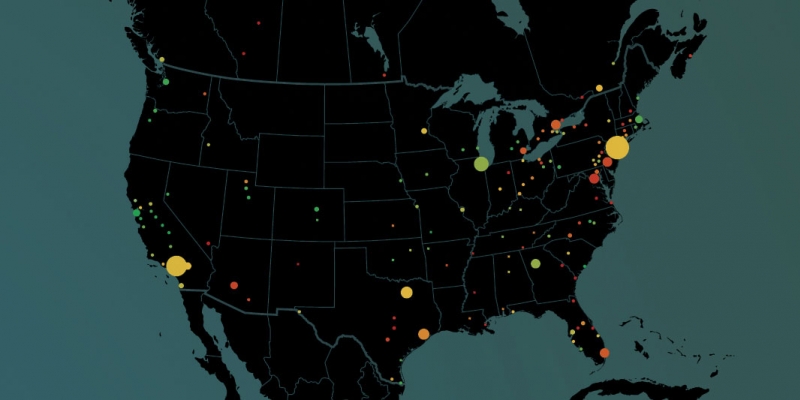Labour Policy
— Jul 23, 2024
— Jun 27, 2024
— Feb 15, 2024
— Oct 19, 2023
— Oct 17, 2023
— Sep 21, 2023
— Sep 1, 2023
 Read the Full Report
Read the Full Report View the Infographic - Canada
View the Infographic - Canada View the Infographic - Alberta vs. British Columbia
View the Infographic - Alberta vs. British Columbia View the Infographic - Ontario
View the Infographic - Ontario View the Infographic - Atlantic Canada
View the Infographic - Atlantic Canada Read the News Release - Canada
Read the News Release - Canada Read the News Release - Alberta vs. British Columbia
Read the News Release - Alberta vs. British Columbia Read the News Release - Ontario
Read the News Release - Ontario Read the News Release - Atlantic Canada
Read the News Release - Atlantic Canada
- 1 of 2
- next ›
Subscribe to the Fraser Institute
Get the latest news from the Fraser Institute on the latest research studies, news and events.
Research Experts
-
Executive Vice President, Fraser Institute
-
Senior Policy Analyst, Fraser Institute
-
Senior Fellow in the Centre for Economic Freedom, Fraser Institute
-
President, Fraser Institute









